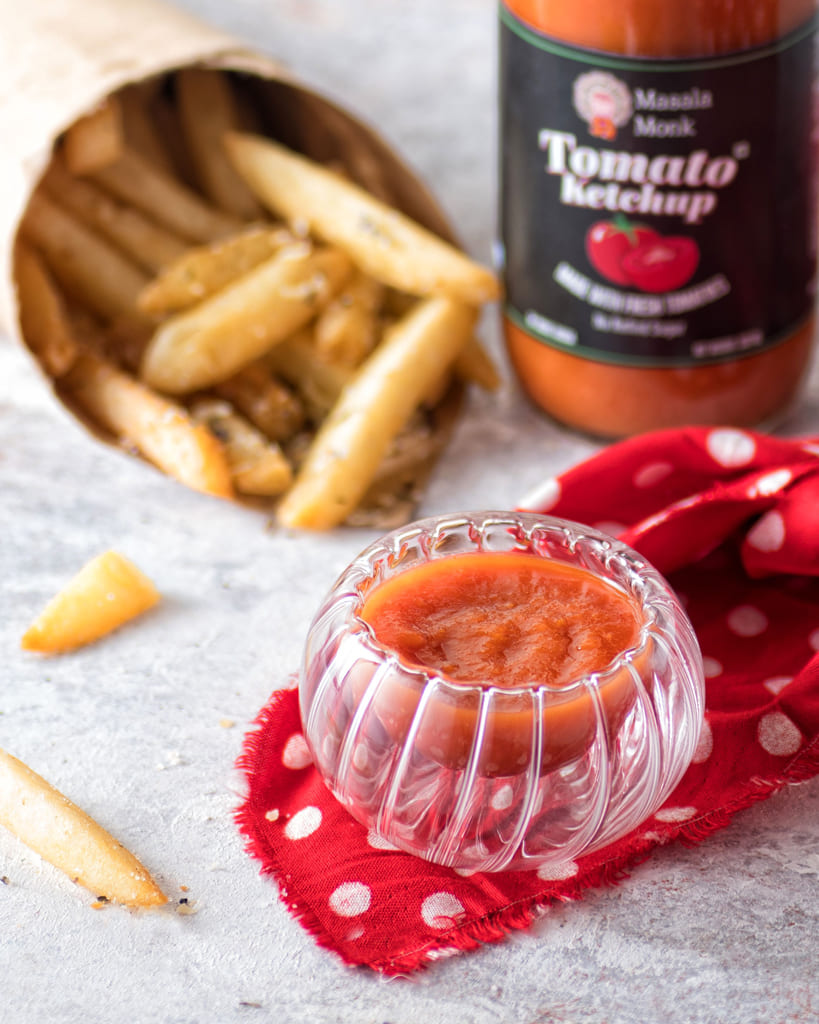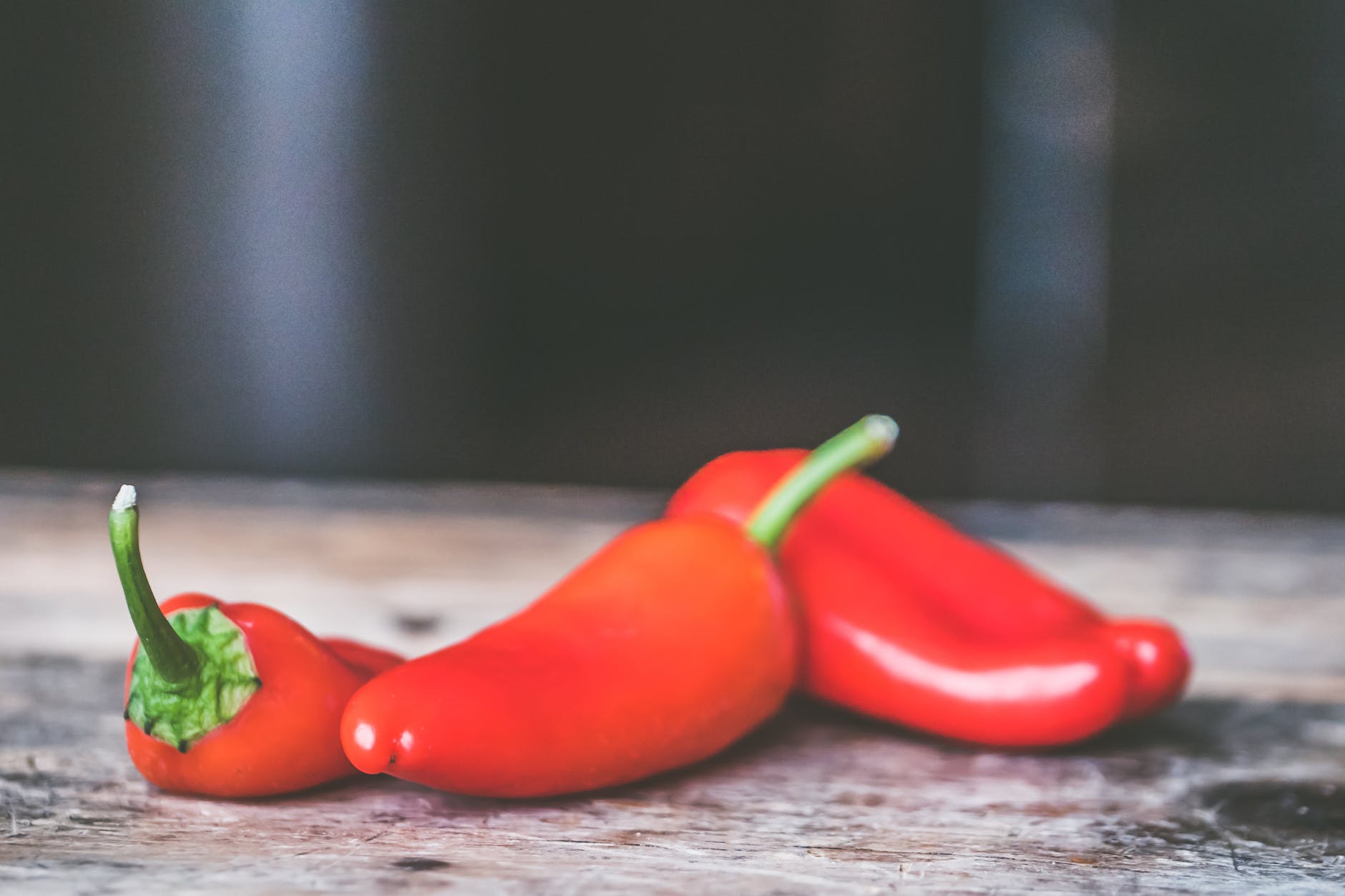
Eggs are the chameleons of the kitchen—simple, nutritious, and endlessly adaptable. But let’s be honest: plain eggs can get boring fast. What transforms basic eggs into crave-worthy bites? Seasoning! In this guide, we’ll explore classic and trending seasonings, global flavors, pro techniques, and real user-tested combos—all to help you level up your egg game, whether you’re a weekday cook or a weekend brunch boss.
Why Seasonings Matter for Eggs
Eggs have a mild flavor and a rich texture, acting as a blank canvas for spices, herbs, and condiments. The right seasoning can:
- Bring out the eggs’ natural flavor
- Add texture and color
- Elevate simple dishes to gourmet experiences
- Keep breakfasts exciting and varied
Whether you love soft-scrambled, fried, boiled, or baked eggs, the right seasoning makes all the difference.
Classic Seasonings: Simple, Reliable, and Delicious
Let’s start with the basics that never disappoint:
- Salt & Pepper: The foundation of every great egg dish. Try kosher salt for its clean taste and fresh-cracked black or white pepper.
- Paprika: Adds color and a mild, smoky warmth. Smoked paprika is especially good on fried or deviled eggs.
- Garlic Powder & Onion Powder: Give savory depth—perfect for scrambled eggs and omelets.
- Chili Flakes or Cayenne: For a gentle heat that wakes up your taste buds.
Pro Tip:
For scrambled eggs, add seasonings before cooking for even distribution. For fried or boiled eggs, sprinkle immediately after cooking.
Trending Now: Everything Bagel & More
In 2025, “egg flights”—six eggs, six toppings—are a social media sensation. People are getting creative, topping boiled or fried eggs with everything bagel seasoning, kimchi, hot honey, truffle salt, or even balsamic-mozzarella. Everything bagel seasoning, with its mix of garlic, sesame, onion, and poppy seeds, adds crunch and flavor. Try frying your eggs with a sprinkle of this blend to crisp up the bits!
User Story:
“Soft scramble them with sour cream, sharp cheddar, and everything bagel seasoning. Legit my favorite way to eat eggs.” – Reddit user
Global Flavors: Take Your Tastebuds on a Trip
Why limit yourself to salt and pepper? Eggs are a global staple, and so are their seasonings:
- Za’atar (Middle Eastern): Thyme, sesame, sumac—delicious on poached or hard-boiled eggs with olive oil.
- Shichimi Togarashi (Japanese): Chili, sesame, nori, and orange peel—sprinkle over sunny-side eggs for zing.
- Dukkah (Egyptian): A mix of nuts, seeds, and spices. Try on sliced boiled eggs.
- Curry Powder or Garam Masala (Indian): Add warmth and depth to scrambles and omelets.
- Adobo/Sazón (Latin): Garlic, oregano, cumin, and more for a vibrant twist.
Quick Fix:
Toast a slice of bread, top with mashed avocado, a poached egg, and a dusting of za’atar. Thank us later.
Creative Add-Ons & Modern Favorites
If you want to get truly egg-citing, try these:
- Everything Bagel Seasoning: The reigning champion for fried and boiled eggs.
- Old Bay: Popular with home cooks, especially for deviled eggs or scrambled with a touch of hot sauce.
- Kala Namak (Black Salt): Adds a sulfurous, “eggy” flavor—especially loved in vegan tofu scrambles.
- Cheese and Dairy Mix-ins: Stir in a spoonful of sour cream, cottage cheese, or crème fraîche for creamy scrambled eggs.
- Fresh Herbs: Chives, parsley, dill, and tarragon bring color and freshness.
- Kimchi, Salsa, or Hot Sauce: Add a punch to eggs, especially for breakfast tacos or bowls.
- Umami Boosters: Finish eggs with a sprinkle of bonito flakes, miso, or even truffle oil for extra savoriness.
Pro Techniques from Real Cooks
- Salt Early: Whisk salt into eggs before cooking for fluffier texture and better moisture. Let the mixture sit for a minute if you can.
- Watch the Pan: Use moderate heat and enough fat (butter/oil) for creamy, non-rubbery eggs—especially on cast iron.
- Season as You Go: For fried eggs, season as soon as they hit the pan for best flavor.
- Don’t Overcrowd: Add delicate herbs at the end to preserve their brightness.
Reddit Wisdom:
“I add seasoning to scrambled eggs before cooking. I add seasoning to fried eggs as soon as I get them in the pan.”
Practical Ideas: Seasoned Eggs, Six Ways
- Classic Scramble: Salt, pepper, chives, with a touch of parmesan.
- Southwest Kick: Cumin, chili powder, cheddar, and salsa.
- Asian-Inspired: Shichimi togarashi, scallions, a dash of soy sauce.
- Herby Omelet: Fresh dill, parsley, and a sprinkle of feta.
- Creole Deviled Eggs: Replace salt with Tony Chachere’s Creole Seasoning, add a dash of hot sauce.
- Egg Flight: Six halves of boiled eggs, each topped with a different seasoning (Old Bay, everything bagel, dukkah, za’atar, harissa, black pepper).
Reader Challenge: Your Egg-Seasoning Adventure
Ready to experiment? Here’s a fun challenge for your next brunch or meal prep:
- Pick 3–6 seasonings or blends from this list.
- Cook a batch of eggs (scrambled, fried, boiled).
- Top each portion with a different seasoning—from classic to wild.
- Snap a photo and taste test—share with friends or on social media (tag #EggcellentSeasoning!).
- Record your favorites and try them in different dishes (avocado toast, breakfast bowls, salads).
Closing Thoughts
Eggs are a blank canvas for flavor. With the right seasonings—classic, trendy, or global—you can turn the simplest meal into something memorable. Don’t be afraid to experiment and have fun! The world of egg seasonings is vast, and the best discovery might just be your next breakfast.
What’s your favorite egg seasoning or combo? Share your tips and results below!
Sources: Food & Wine, Better Homes & Gardens, Reddit r/Cooking, Simply Recipes, Carolina Ingredients, and more food trend experts from 2025.
10 FAQs for Egg Seasoning Options
1. What’s the best time to add seasoning to eggs?
For scrambled eggs, add salt and spices during whisking before cooking for even flavor and fluffier texture. For fried eggs, season as soon as they hit the pan or immediately after. For boiled eggs, season just before serving or use seasoning blends in fillings for deviled eggs.
2. What are the healthiest seasonings to use on eggs?
Fresh herbs (like parsley, chives, dill), spices (turmeric, paprika, black pepper), and low-sodium blends are healthiest. They add antioxidants and flavor without extra calories or sodium. Avoid overusing salty mixes if watching your intake.
3. What’s the best seasoning for deviled eggs?
Classic choices include paprika, mustard, and chives. Trendy options are everything bagel seasoning, Creole seasoning (like Tony Chachere’s), Old Bay, or smoked paprika. Mix into the yolk filling or sprinkle on top for flavor and color.
4. Can I use the same seasoning for scrambled, fried, and boiled eggs?
Yes, but some seasonings work best in specific dishes. Everything bagel, paprika, or herbs are versatile, while blends with crunchy bits (like dukkah) shine as toppings on boiled or fried eggs rather than scrambled.
5. How do I keep eggs from tasting bland without adding too much salt?
Use herbs, spices, citrus zest (lemon/lime), black pepper, or umami-rich add-ins like nutritional yeast, miso, or a dash of soy sauce. These boost flavor without much sodium.
6. Are there seasoning blends for vegan egg alternatives?
Yes! Kala namak (black salt) gives vegan scrambles an “eggy” flavor. Combine with turmeric, garlic powder, and nutritional yeast for savory depth in tofu or chickpea “eggs.”
7. What global seasonings pair well with eggs?
Try za’atar, shichimi togarashi, curry powder, dukkah, harissa, or adobo. These bring global flair and work in scrambles, omelets, or as a topping for poached and boiled eggs.
8. Can I make my own egg seasoning blend?
Absolutely. Start with a base of kosher salt, pepper, garlic powder, onion powder, and paprika. Add herbs or spice blends to taste. Store in a small jar and shake before use.
9. What’s the secret to fluffy, restaurant-style scrambled eggs?
Salt your eggs when whisking, use a little milk or cream (optional), and cook slowly over medium-low heat, stirring gently. Butter or oil helps prevent sticking and adds richness.
10. What’s a quick way to elevate eggs for guests or brunch?
Create an “egg flight”—top boiled or fried eggs with different seasonings (everything bagel, dukkah, smoked paprika, kimchi, hot honey, etc.). Serve with toast or salad for a colorful, flavorful spread.











